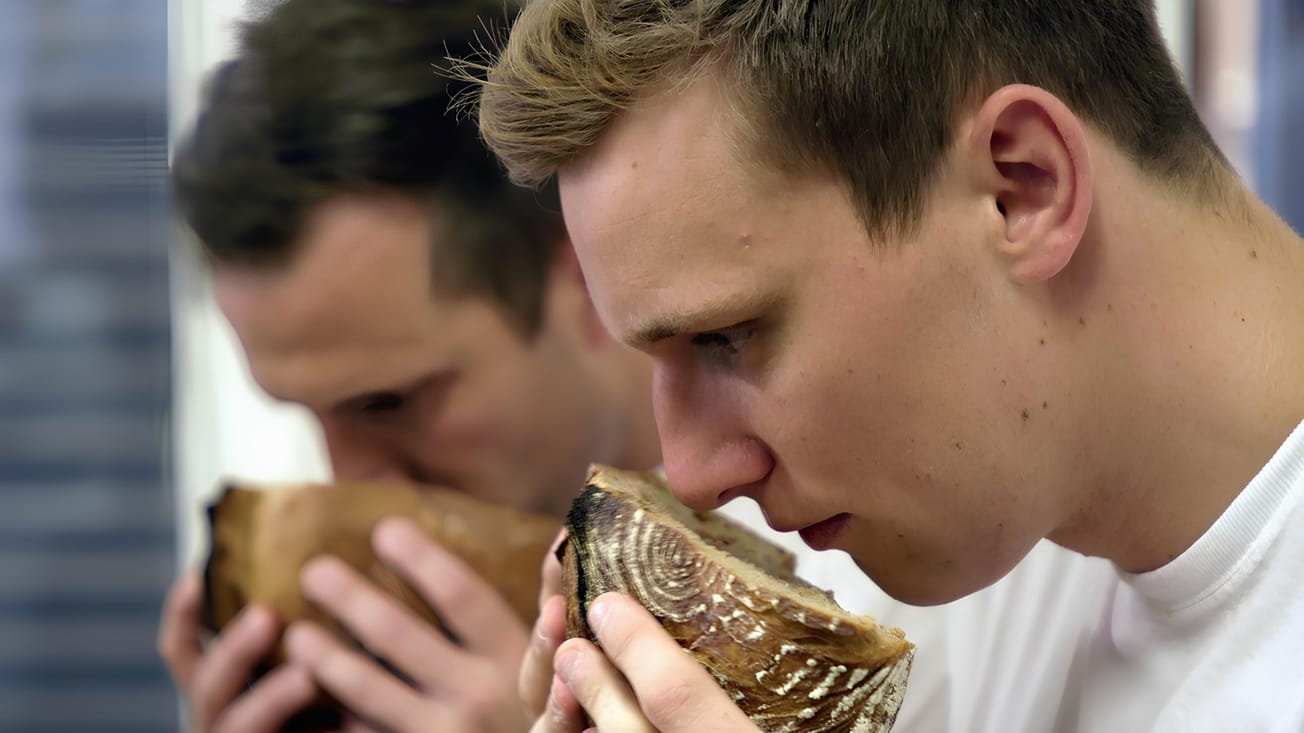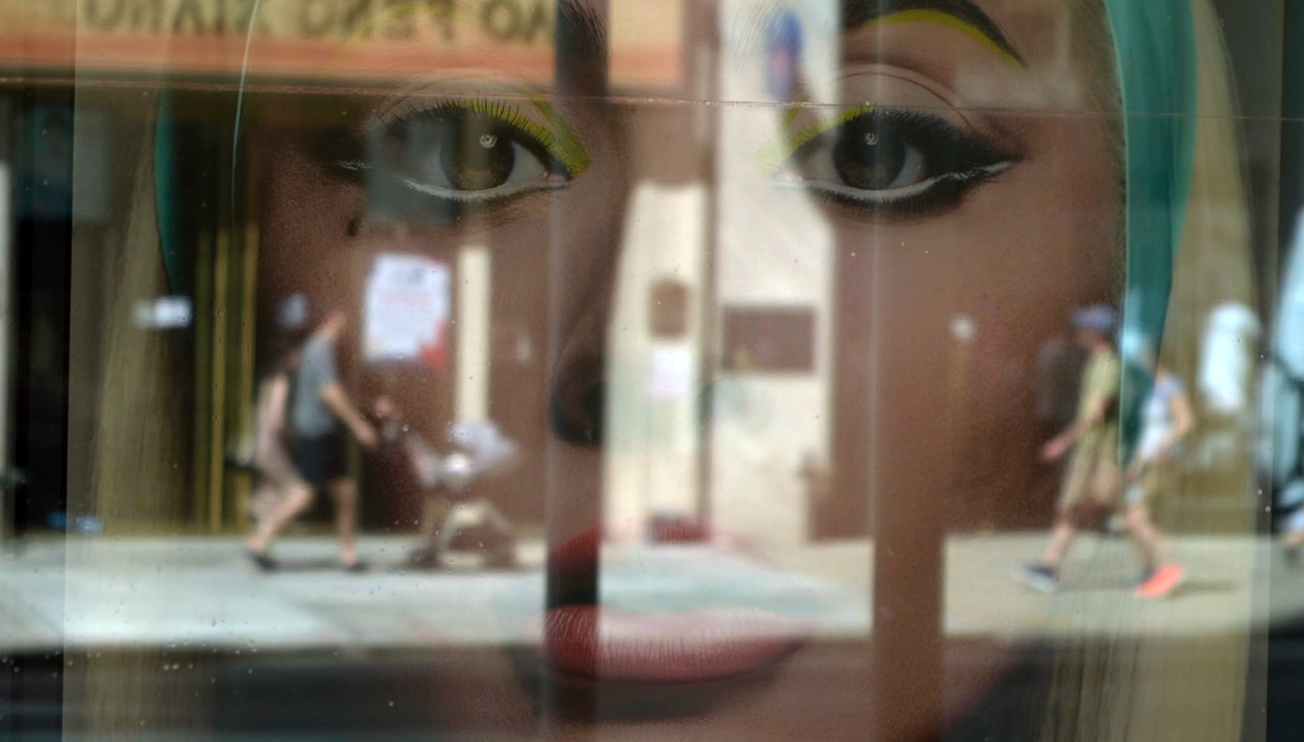Keywords: Wadjemup, Rottnest Island, Aboriginal culture, historical trauma, forgotten history, unmarked graves, documentary, Glen Stasiuk.Three words: Eye-opening, educational, heartbreaking
Introduction
"Wadjemup: Black Prison White Playground" is a potent documentary directed by Glen Stasiuk, released in 2014. It poignantly explores the dichotomy of Wadjemup/Rottnest Island, a place of remarkable beauty that holds deep cultural and spiritual importance to the Aboriginal people and also a site of horrific atrocities, where hundreds of Aboriginal men are buried in unmarked graves.
Synopsis
The documentary delves into the dark history of Rottnest Island, which served as a prison for Aboriginal men from the mid-19th to early 20th century. While it is now a popular tourist destination known for its stunning landscapes, the film unveils its brutal past, where countless Aboriginal men were subjected to inhumane treatment and many lost their lives.
More Film Analysis
Analysis
Stasiuk's approach in "Wadjemup: Black Prison White Playground" is one of stark truth-telling. The depth of research and exploration of the subject matter is commendable. The documentary does not shy away from the discomforting truths about the island's past, effectively bringing to light the forgotten history of the Aboriginal people.
Historical and Factual Context
The documentary is set in Western Australia and provides valuable historical context about the treatment of Aboriginal people during the colonial period. The island was used as a prison for Aboriginal men who opposed colonial settlement and was one of the most brutal penal institutions in Australia.
Key themes in the film
- Cultural significance of land to Aboriginal people
- Historical trauma and its impact on present generations
- Erasure and rewriting of history
Film Comparisons
"Wadjemup: Black Prison White Playground" can be compared with films like "Rabbit-Proof Fence" and "The Secret River," which also address Australia's colonial history and its impact on Aboriginal people.
Noteworthy Moments
The moment when the film reveals the extent of the unmarked graves on the island is particularly poignant, as it underlines the scale of the atrocities committed there.
Reviews
This documentary has been well-received by audiences and critics alike, scoring a 7.7 rating on IMDB. Viewers appreciated its honest portrayal of a painful chapter in Australia's history, with one reviewer noting, "This film is a must-watch. It's a powerful reminder of the forgotten history of our country."
Conclusion
"Wadjemup: Black Prison White Playground" is a crucial documentary that uncovers a buried narrative of Aboriginal history. It is a must-watch for anyone interested in understanding Australia's colonial past and its long-lasting impact on the nation's Indigenous communities.
More film information:
FILM SUMMARY
- IMDB score: 7.7
- Rotten Tomatoes score: N/A
- Metacritic score: N/A
- Film festival awards: 1 win & 1 nomination
PERSONALITIES
- Director: Glen Stasiuk
LOCATIONS
- Rottnest Island, Western Australia
Key Questions Raised by the Film:
- How does the history of Rottnest Island reflect the larger narrative of Aboriginal treatment during colonial times?
- What is the significance of land to the Aboriginal people?
- How can the history of the island be properly acknowledged and remembered?
Links for Further Exploration:
I wonder what the film would be in another art form



- If this film was a famous book, which one would it be? "Bury My Heart at Wounded Knee" - for its unflinching look at historical atrocities.
- If this film was a famous song, which one would it be? "Strange Fruit" by Billie Holiday - for its haunting depiction of racial violence.
- If this film was a famous piece of art, which one would it be? "Guernica" by Picasso - for its portrayal of war atrocities.
- If this film was a famous celebrity, who would it be? Russell Means - for his activism for Indigenous rights.
- If this film was a color, which one would it be? Grey - for its exploration of a grim historical period.
- If this film was a music style, which one would it be? Blues - for its expression of deep-seated pain and sorrow.








